Feb. 28, 2014
Menus in the Ohioana Archives
Categories:
Collection Highlights
Having actual food in the archives would be bad, but menus are another story. The Laura M. Mueller ephemera collection includes a selection of Columbus restaurant menus that spans most of the 20th century. We’re sharing a few sample menus below. Henry Chittenden built a total of three hotels in the same location on the northwest corner of N. High St. ... Read More
